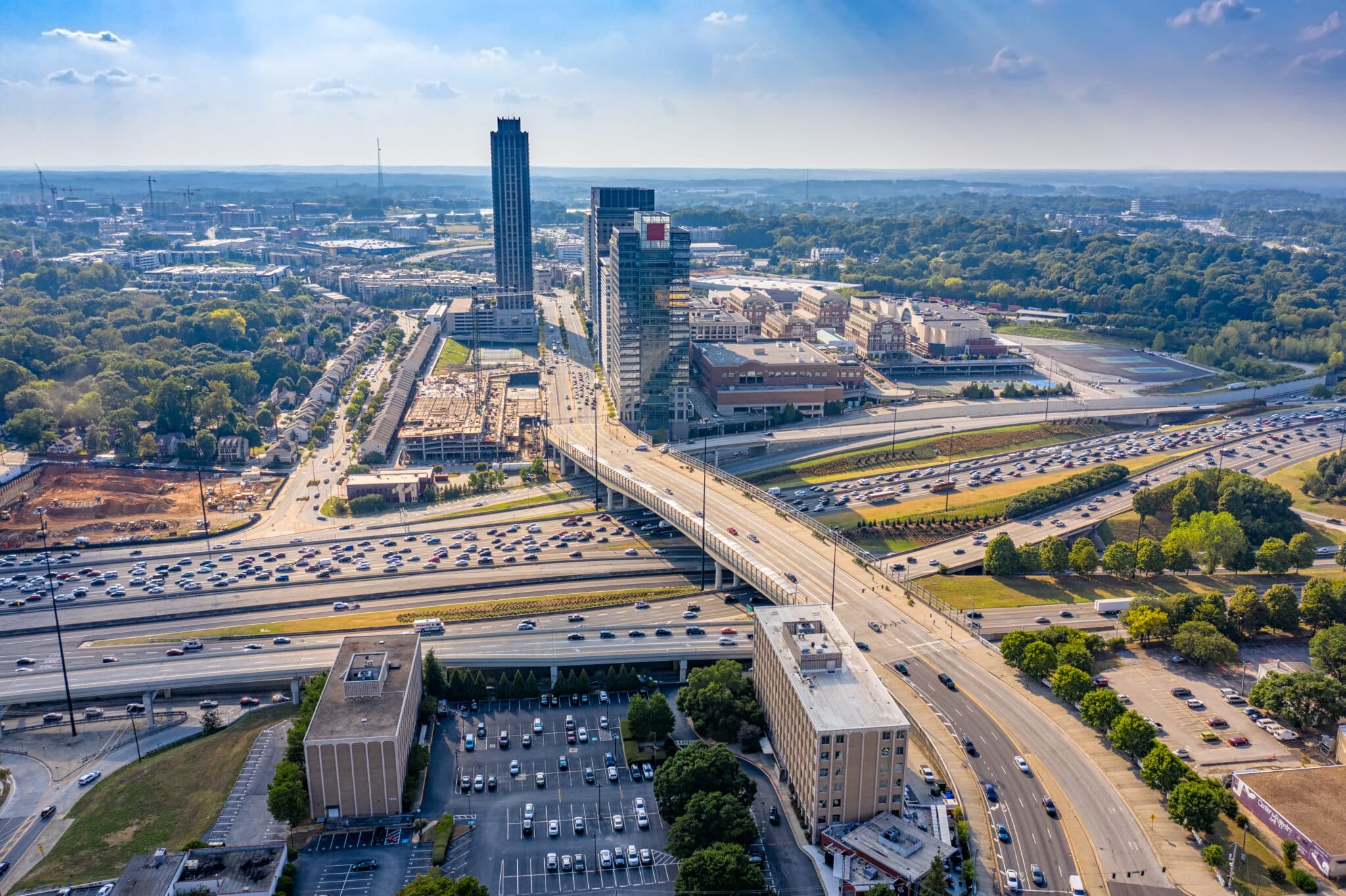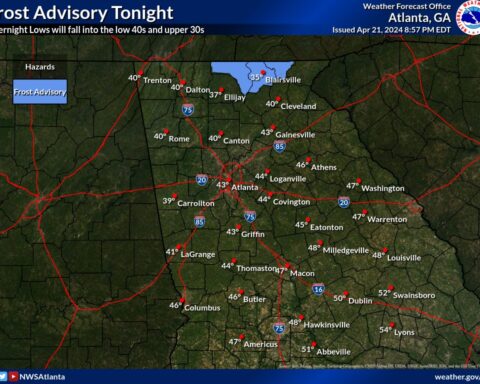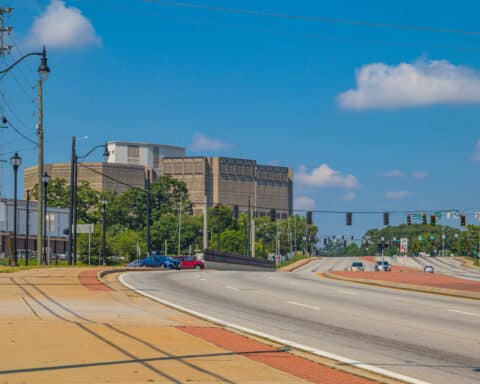Georgia’s Fulton County presents a paradox. Two areas, North Fulton and South Fulton, bound by a shared name and history, frequently find themselves mired in conflict and divergence.
How did we get here? By venturing into their shared past and present, we’ll unearth the tumult that defines their relationship.
The Tale of Two Counties
South Fulton was once Campbell County: Today’s South Fulton was yesteryears’ Campbell County, with Fairburn shining as its beacon. Primarily agricultural, it showcased promise with its emerging railroad communities.
North Fulton was once Milton County: Milton County, with Alpharetta at its helm, represented what is now North Fulton. Similar to Campbell, agriculture was its mainstay.
The devastation of the Great Depression left both counties economically battered. The solution in 1932 was a merger with Fulton County for economic resuscitation. However, this union was the genesis of many subsequent disputes.
Growth Disparities: The First Signs of Strain
Atlanta’s expansion had differential impacts:
Northern Bloom: Proximity to Atlanta allowed North Fulton to tap into urban affluence. Prestigious housing, outstanding schools, and flourishing businesses painted a picture of prosperity.
Southern Challenges: South Fulton, in stark contrast, grappled with slower growth, lower investments, and infrastructural woes, further widening the divide.
Reviving Milton and the Birth of New Cities
Amidst mounting tensions, there emerged movements emphasizing North Fulton’s distinct identity:
The Milton County Revival: North Fulton’s dissatisfaction with the perceived imbalance in county services and taxation led to calls for the resurrection of Milton County. Though these efforts haven’t borne fruit, they underscore the deep-seated desire for autonomy.
Emergence of New Cities: The push for local representation and control resulted in the creation of several cities. Sandy Springs took the lead in 2005, with Johns Creek and Milton following soon after. These new cities, especially in North Fulton, symbolized a quest for self-governance and identity.
The Political Divide
The socio-economic differences birthed pronounced political disparities:
Conservative North: North Fulton developed a reputation for leaning conservatively, often prioritizing policies that bolstered its affluent status.
Progressive South: South Fulton, with its diverse population and unique challenges, often tilted more progressively, seeking solutions that addressed its distinct needs.
The Current Landscape: A Tense Coexistence
While they may share a county name, North and South Fulton continue to operate like distinct entities. From policy debates to territorial disputes, their respective journeys reflect their unique aspirations and challenges.
Disclosure: This article may contain affiliate links, meaning we could earn a commission if you make a purchase through these links.






